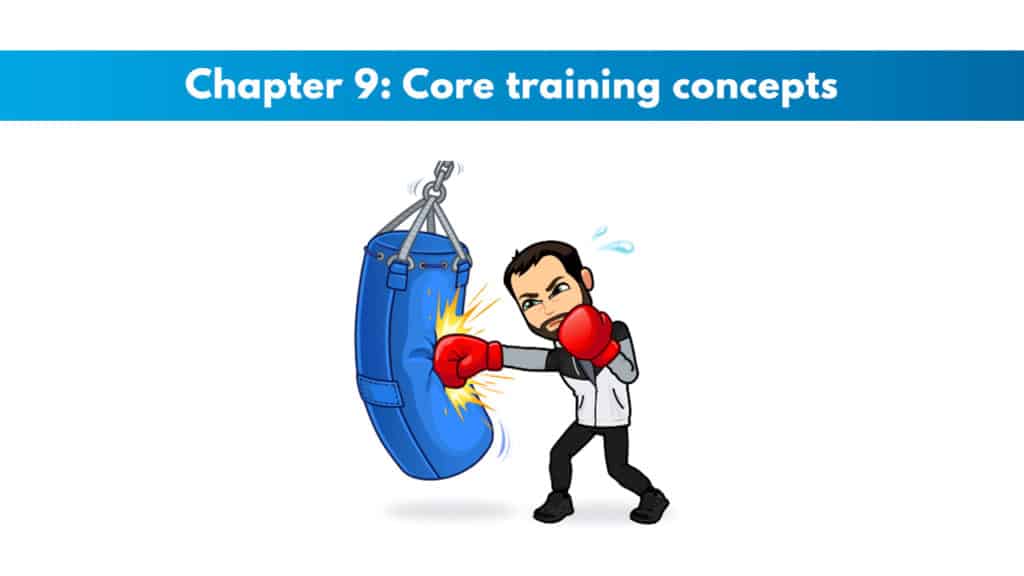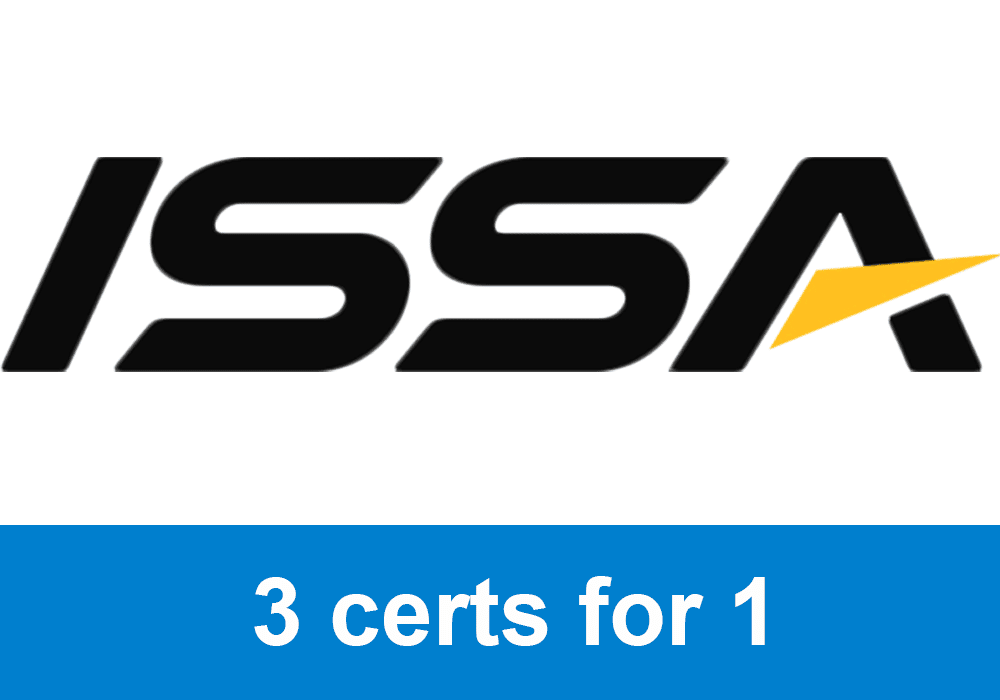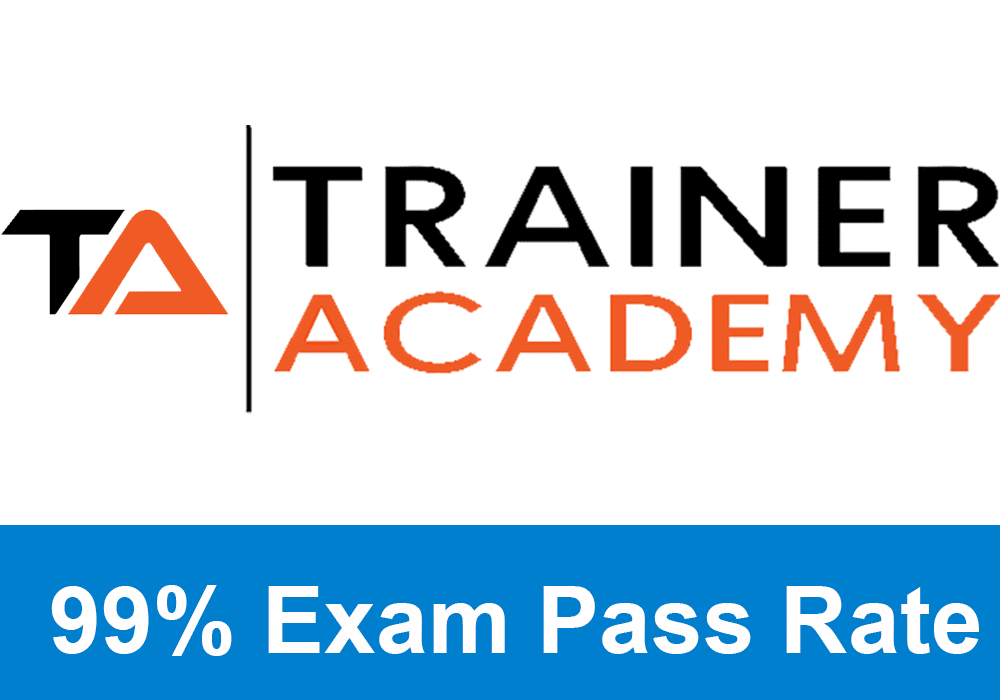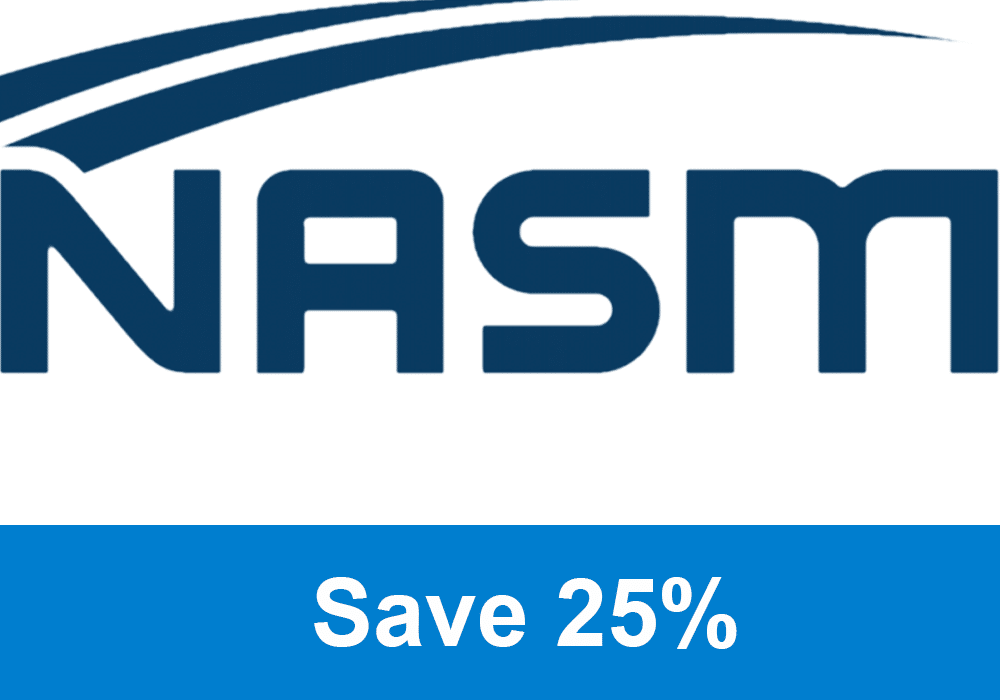
If you have not signed up for NASM CPT, sign up here to save 25% with my personal code PTP25.
Get your copy of the NASM CPT exam cheat sheet. It helps immensely in studying for the exam.
My PTP students report cutting their NASM study time and effort in half with Trainer Academy.
Benefit from the Exam Pass Guarantee and Retake Fee Guarantee. Plus, take advantage of my current discount code PTPAPRIL for 35% off the MVP Program (Ends April 21st, 2025).
Exclusive PTP CPT Offers |
||
|---|---|---|
Most Popular Cert | Best Online NCCA Cert | Best Study Materials |
Gold Standard Cert | A Good Option | Best CPT for you?  |
Try it out for free here to see if it’s right for you, or read my detailed review for further insights.
Chapter 9 NASM study guide
Three important definitions
Core: All muscles attached to or passed the joints in the lumbar pelvic complex.
Exclusive PTP CPT Offers |
||
|---|---|---|
Most Popular Cert | Best Online NCCA Cert | Best Study Materials |
Gold Standard Cert | A Good Option | Best CPT for you?  |
Draw in maneuver: Where you draw your navel to your spine without spinal flexion. This helps to activate the inner unit of the core for stability.
Bracing: Bracing is contracting the outer muscle units. Imagine trying to squeeze everything out of your stomach by taking a deep breath, holding it, and then pushing out. Clients should be practicing abdominal bracing while strength training with weights.
Local stabilization system
- Muscles that are attached to the vertebrae.
- Consist mainly of type I slow twitch fibers.
- Provide support from one vertebra to another vertebra and are responsible for intersegmental and intervertebral stability.
- Helps with postural and proprioception control
- Consists of the muscles: internal obliques, pelvic floor muscles, lumbar multifidis, diaphragm, and transverse abdominis.
Global stabilization system
- Muscles that connect from the pelvis to the spine.
- It moves loads between the upper and lower extremities.
- Provides stability for the spine and pelvis.
- Provide stabilization and eccentric control for the core, especially for functional movements.
- Consists of the muscles: gluteus medius, psoas major, External obliques, portions of the internal oblique, adductor complex, rectus abdominis, and quadratus lumborum.
The muscles of the core
- All of the muscles mentioned above in the local and global stabilization systems
- Muscles that attached the pelvis and/or spine to the arms and legs (extremities)
- Responsible primarily for shortening muscles (Concentric force production) and lengthening muscles (eccentric deceleration) for dynamic activities.
- In addition to the muscles above, it consists of the latissimus dorsi, quadriceps, hamstring complex, and hip flexors.
The progression and regression of core exercises
To understand the regression and progression of core exercises, you need a good understanding of the OPT training model and which exercises go in each phase.
Core training in each stage of the OPT model
Stabilization core training: Mostly done with stability balls or isometric holds. Between 12 and 20 repetitions, with a slow tempo, 0 to 90 seconds of rest, and 1-4 sets. Example: floor-prone cobra.
Strength core training: Include physically moving from the core, 8 to 12 repetitions, medium tempo, 0 to 60 seconds of rest, and 2 to 3 sets. Example: reverse crunch.
Power core training: explosive movements including throwing medicine balls, 8 to 12 repetitions, 0 to 60 seconds of rest for 2 to 3 sets. Example: rotation chest pass.
If you want additional study materials, check out the team over at Trainer Academy. They have incredible study materials for NASM And I have a special limited-time discount for my readers. I also suggest you check out my review on Trainer Academy here.

 Have a question?
Have a question? 



Hello! Cost is a huge problem for me, however discipline and self study are not. Is it possible to buy the materials and study on my own then pay to take the exam? Or is this impossible, or possible but not advised?
If possible, where do I start making sure I have the most recent, up to date manuals? In Europe, where I currently am, most need me to complete case studies and portfolios as well as an exam. Is this the same in the US (where I will be for the following year)?
Hello Sophie,
For the national Academy of sports medicine exam, all you will need to do is go into a test taking facility and answer 120 multiple-choice questions. Although this may seem easy, this is not the easiest exam. What I suggest is picking up the most recent form of the textbook ( the sixth edition) and you can start studying that way with some good study materials. I recommend the Trainer Academy study materials as they have helped hundreds of my students. And yes you are correct, you do not need to purchase the exam right away. Like I said you could just get the textbook and the study materials and be on your way studying before you even need to purchase the exam itself. Here is a link to the Trainer Academy materials: https://traineracademy.org/nasm/